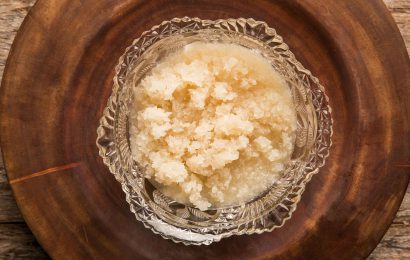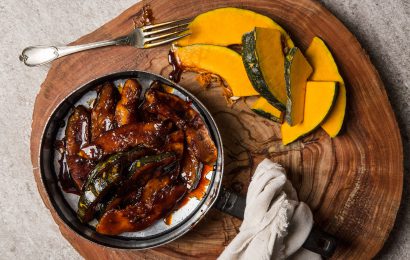Saccharum officinarum
Martim Afonso de Sousa, Portuguese military who arrived in Brazil in charge of a colonizing expedition, left a much greater legacy to the country than the founding of the first village officially established in the country – São Vicente, in 1532, the current state of São Paulo. He was the first one who brought sugarcane to Brazil. Since then, the plant has played a crucial role in the nation’s economic development. According to the Brazilian Ministry of Agriculture, the country is now the world’s largest producer of sugar cane, grown mainly in São Paulo, Paraná, in the Triângulo Mineiro region of Minas Gerais, and in the Northeast’s Zona da Mata, and produces half the sugar traded in the world. The activity around the sugar cane plantations and mills to process the juice was very intense until the advent of industrialized production of sugar and alcohol, in the twentieth century. In many places in the Northeast – a few still operating nowadays – the society evolved around the plantations and mills, which produced sugar, cachaça, rapadura sugar, and molasses. In states like Ceará and Pernambuco, there is still a small amount of active mills where one can watch the manufacture of cachaça and rapadura sugar.



